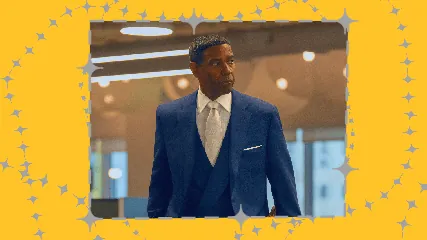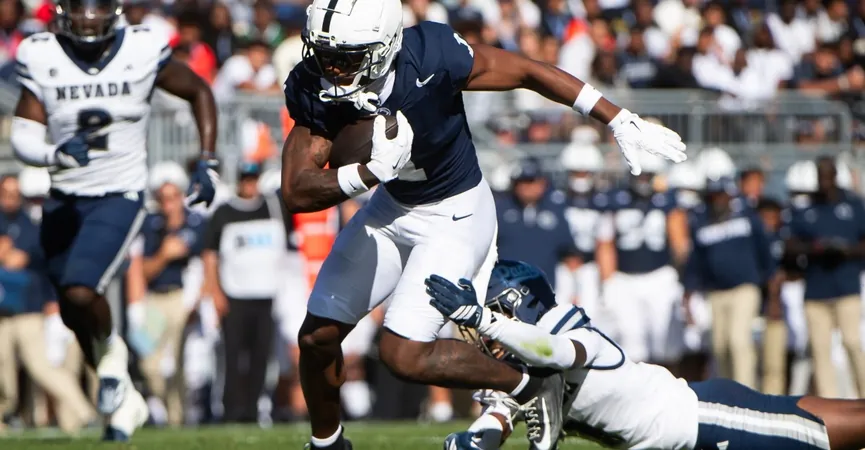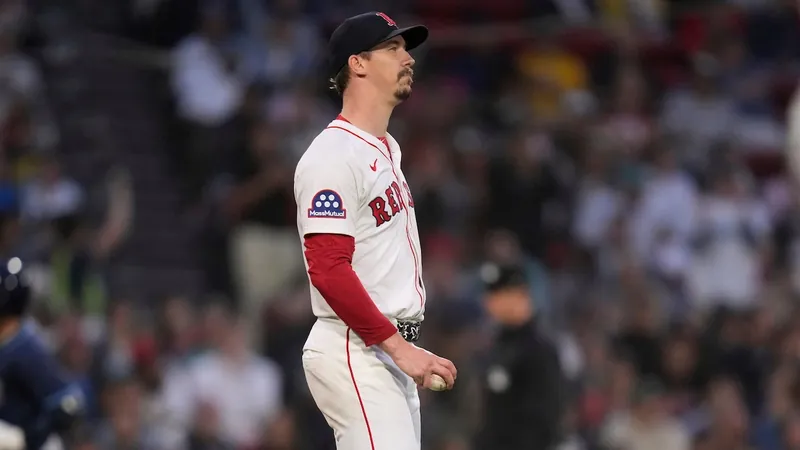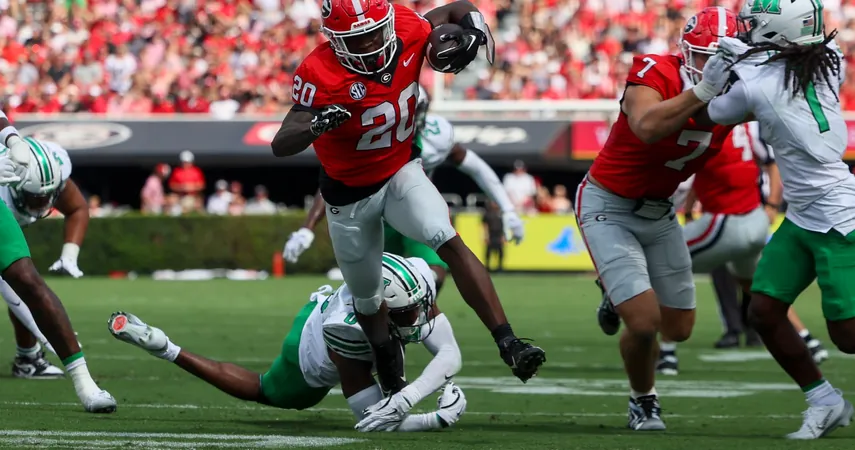
Spike Lee's 'Highest 2 Lowest': A Mixed Bag in Grappling with Hip-Hop's Evolution
2025-08-15
Author: Jia
Spike Lee Takes on Modern Hip-Hop Culture
Spike Lee is back, attempting to confront the shifting landscape of hip-hop with his latest film, 'Highest 2 Lowest.' Historically, Lee has oscillated in his criticisms of the genre—moving from targeting industry executives profiting off exaggerated personas, as seen in his earlier work, 'Bamboozled,' to taking aim at the music itself.
Reflecting on the past two decades, Spike once proclaimed, "You can feel the progress of African Americans by listening to their music," suggesting that some contemporary rap—particularly 'gangsta rap'—can be harmful. This message hasn't vanished; even after films like 'Chi-Raq,' it seems he isn't done making a statement.
Plot Overview: Denzel Washington Shines as a Troubled Mogul
In 'Highest 2 Lowest,' Lee remakes Akira Kurosawa's classic 'High and Low,' immersing the story in today's hip-hop world. Denzel Washington stars as David King, a Bronx-born music mogul at the helm of Stackin’ Hits records. Despite its once-glorious status, the label struggles, pressing David to navigate an existential crisis about art and capitalism.
Facing pressure from business partner Patrick (Michael Potts) to sell, David concocts a plan to retain ownership, all while his wife, Pam (Ilfenesh Hadera), raises concerns about his passion for music—or lack thereof. As family drama unfolds, disaster strikes when their son, Trey (Aubrey Joseph), gets kidnapped by an eccentric character played by A$AP Rocky.
A Mixed Message: Humor Meets Critique
As the narrative evolves, the film veers into a territory where it critiques hip-hop culture but arguably lacks the incisiveness one might expect from Lee. Rocky's character, Yung Felon, is a struggling Bronx rapper whose desperation escalates into a kidnapping plot demanding an outrageous ransom. Although the scenario offers thrilling potential, the stakes don’t hit home as hard as intended.
Denzel's charisma shines; he balances humor and tension in dialogue, while Spike's signature energetic depictions of New York capture the city's vibrancy. Yet, the critique of hip-hop and its artists feels somewhat tepid. Lee’s portrayal of Yung Felon lacks nuance, presenting him more as a caricature than a multi-dimensional character.
A Generational Divide: Lee's Perspective on Today's Artists
Lee's historically rich relationship with hip-hop has allowed him to showcase the struggles and humanity of his characters. In classics like 'Do the Right Thing,' he interwove powerful musical elements that resonated deeply with the Black experience. However, 'Highest 2 Lowest' seems to sidestep that empathy. Instead of understanding Yung Felon as a product of his environment, Lee paints him as a lost cause.
As a filmmaker now in his sixties, it’s clear Lee feels the generational chasm separating him from younger artists. He embodies the perspective of the established executive rather than the aspirational youth of the hip-hop scene.
Final Thoughts: A Cautionary Tale?
While 'Highest 2 Lowest' contains distinct Spike Lee moments that entertain and provoke thought, its harsh criticism of modern hip-hop lacks depth. Spike misses an opportunity to engage with the complexity of the culture and the artists flourishing within it. The film could serve as a cautionary tale about art, exploitation, and generational disconnect, but it often settles for surface-level commentary. It's Spike's old head perspective meeting a rapidly evolving world—resulting in a film that feels both relevant and out of touch.





 Brasil (PT)
Brasil (PT)
 Canada (EN)
Canada (EN)
 Chile (ES)
Chile (ES)
 Česko (CS)
Česko (CS)
 대한민국 (KO)
대한민국 (KO)
 España (ES)
España (ES)
 France (FR)
France (FR)
 Hong Kong (EN)
Hong Kong (EN)
 Italia (IT)
Italia (IT)
 日本 (JA)
日本 (JA)
 Magyarország (HU)
Magyarország (HU)
 Norge (NO)
Norge (NO)
 Polska (PL)
Polska (PL)
 Schweiz (DE)
Schweiz (DE)
 Singapore (EN)
Singapore (EN)
 Sverige (SV)
Sverige (SV)
 Suomi (FI)
Suomi (FI)
 Türkiye (TR)
Türkiye (TR)
 الإمارات العربية المتحدة (AR)
الإمارات العربية المتحدة (AR)